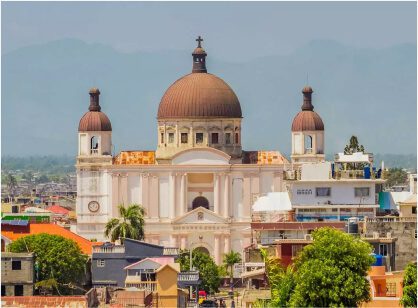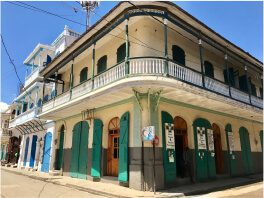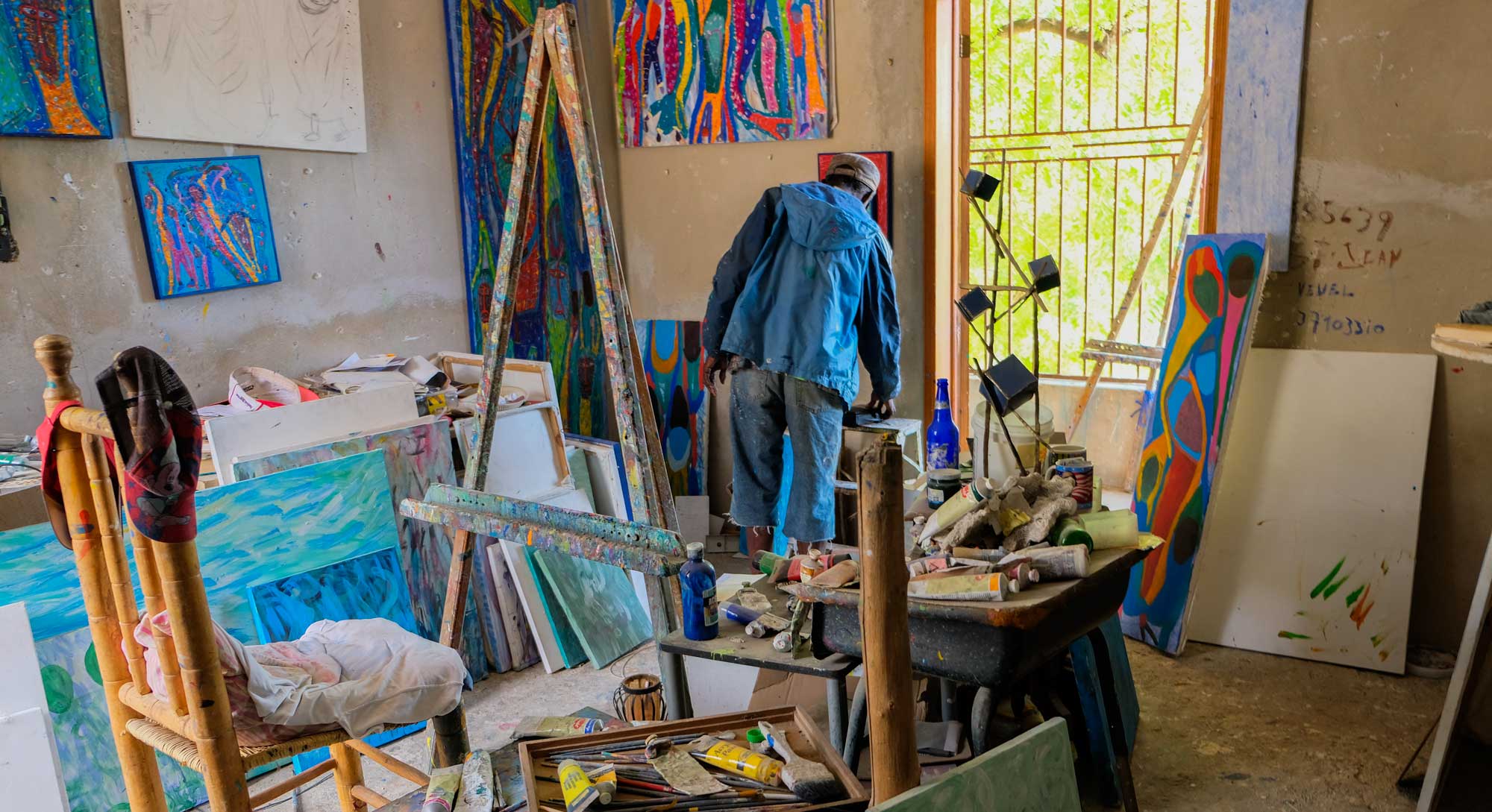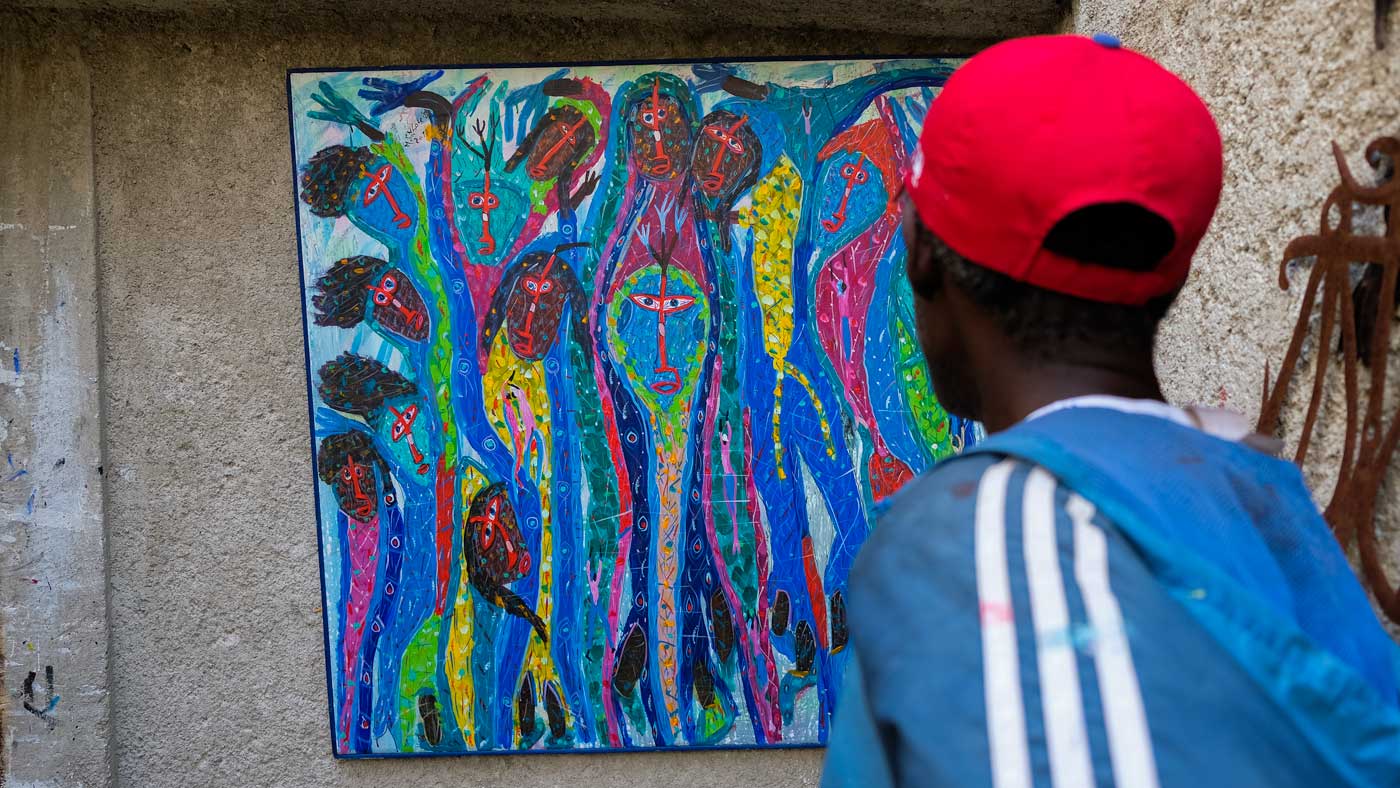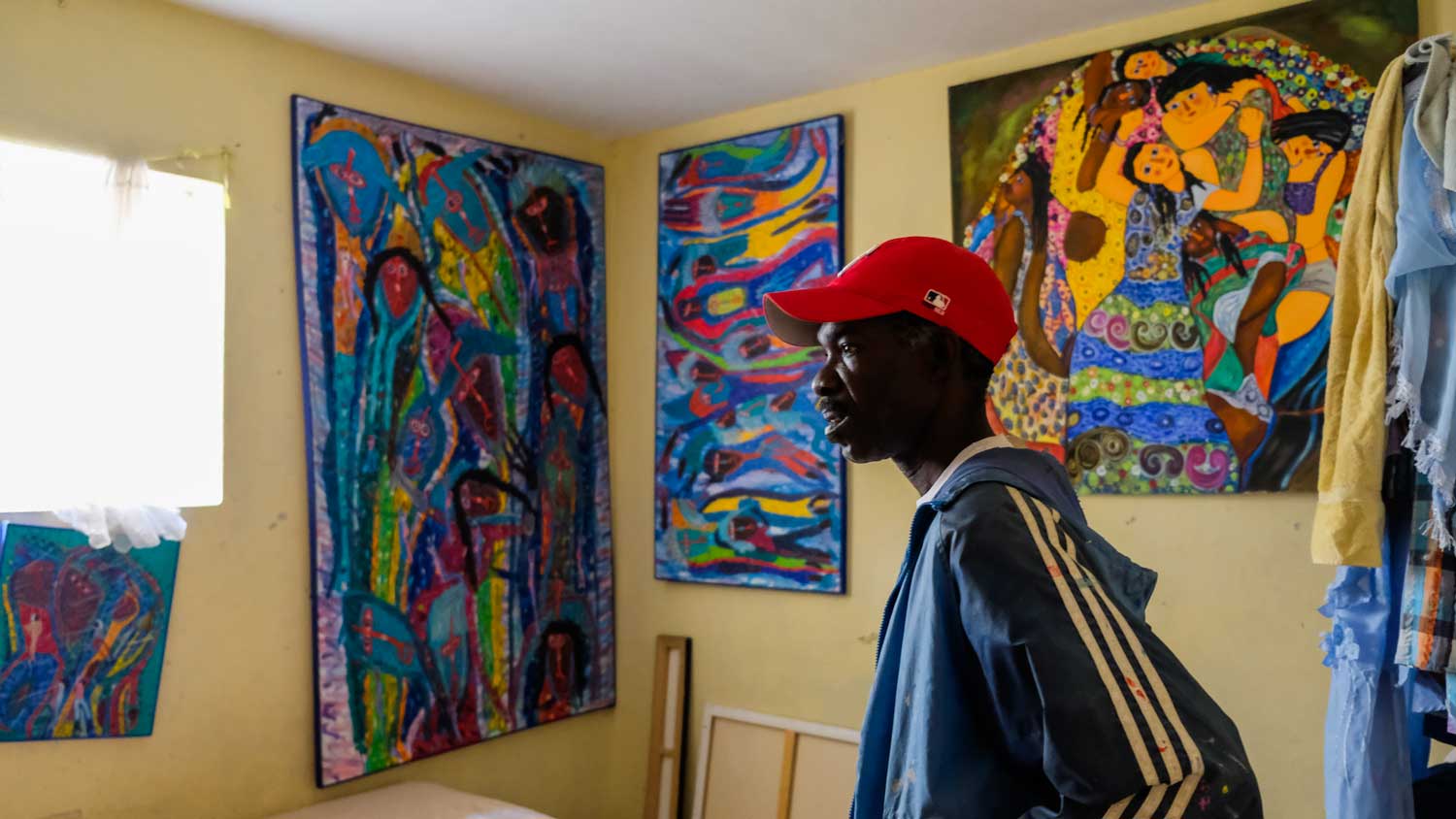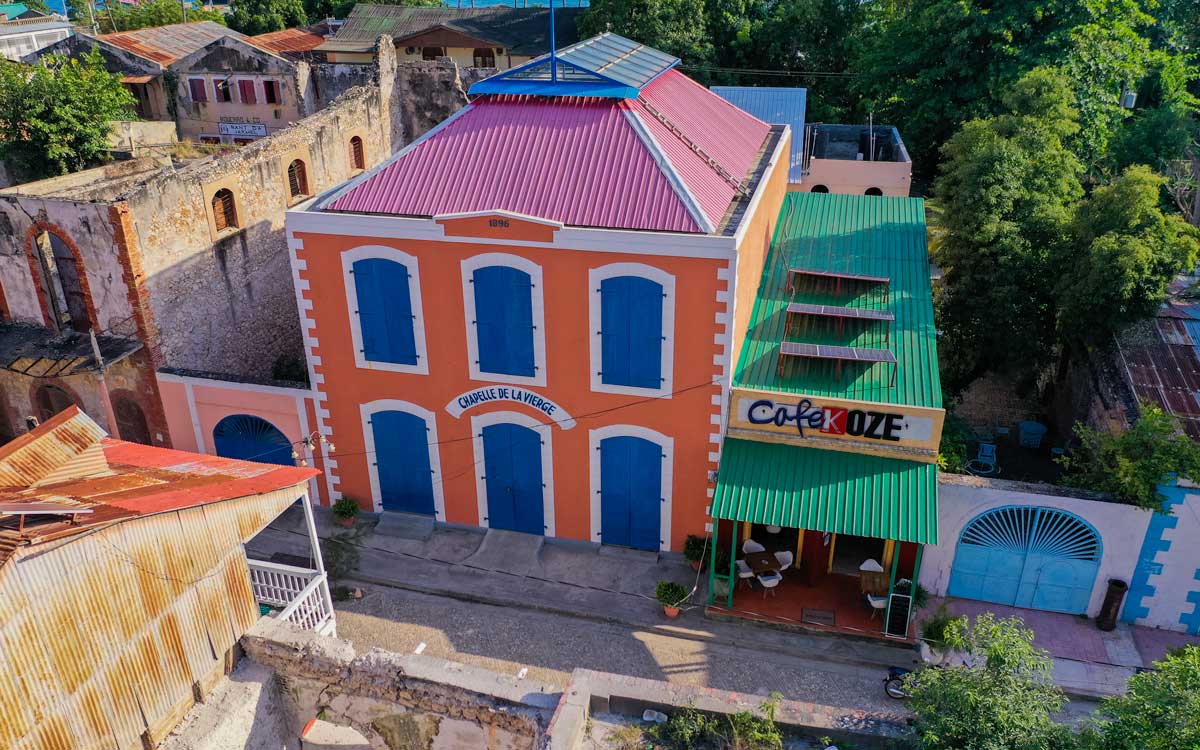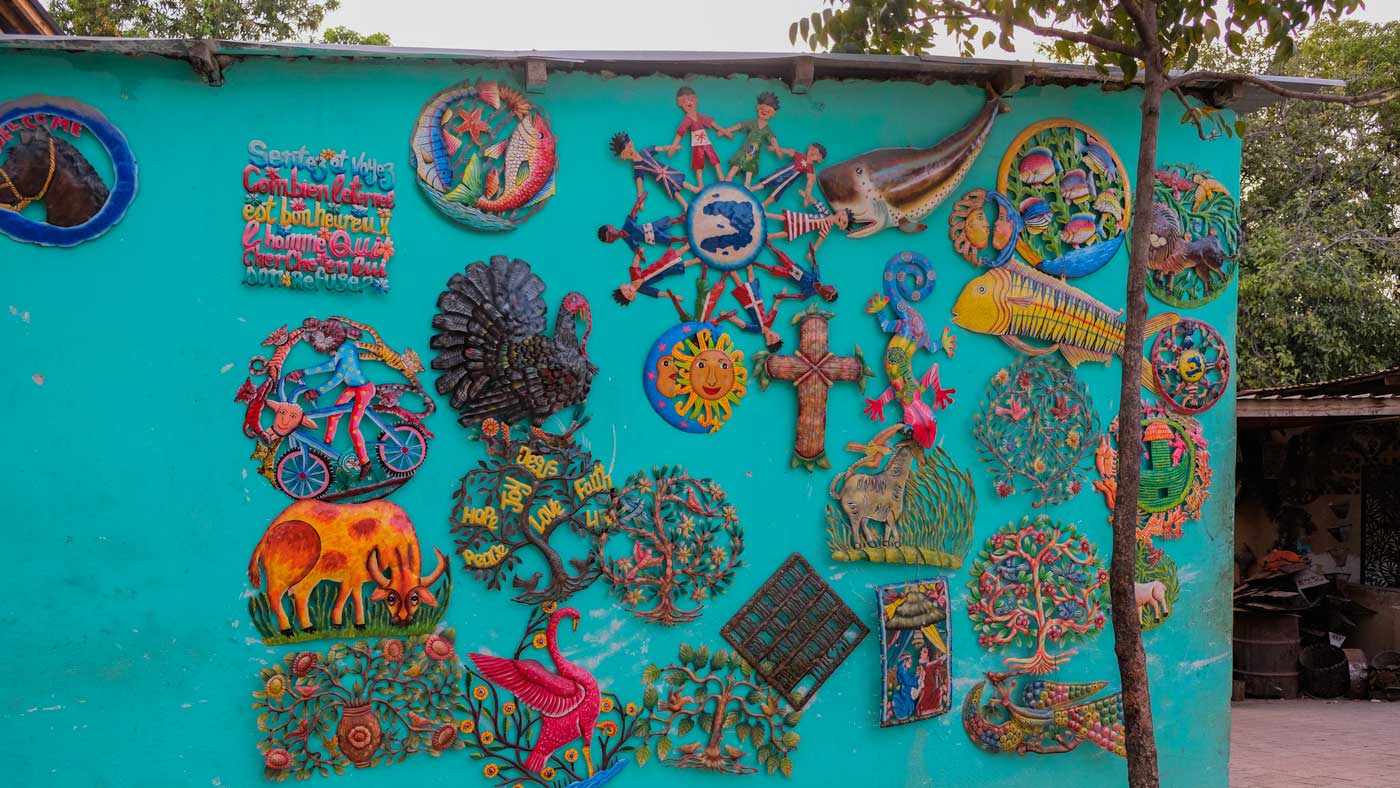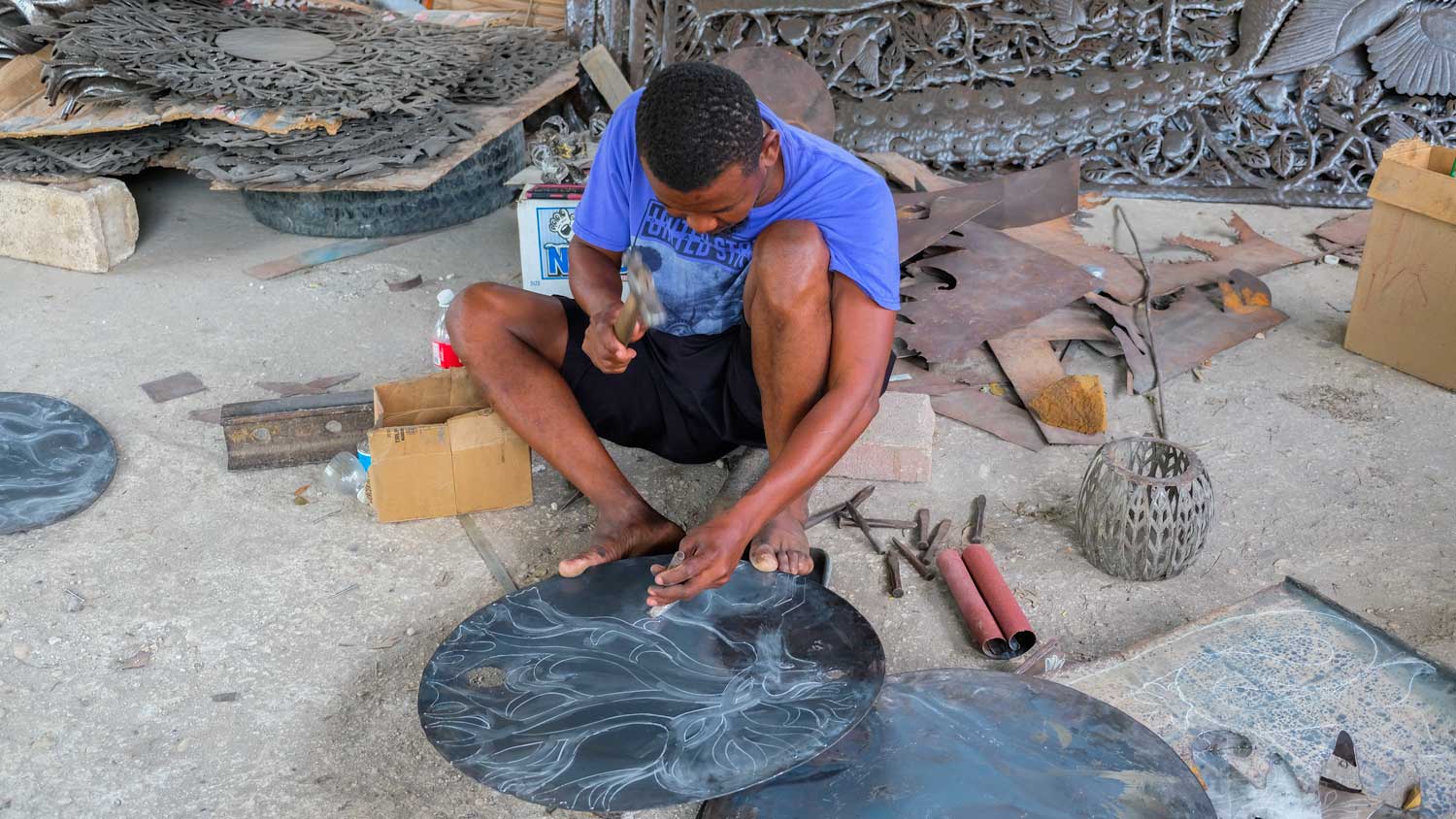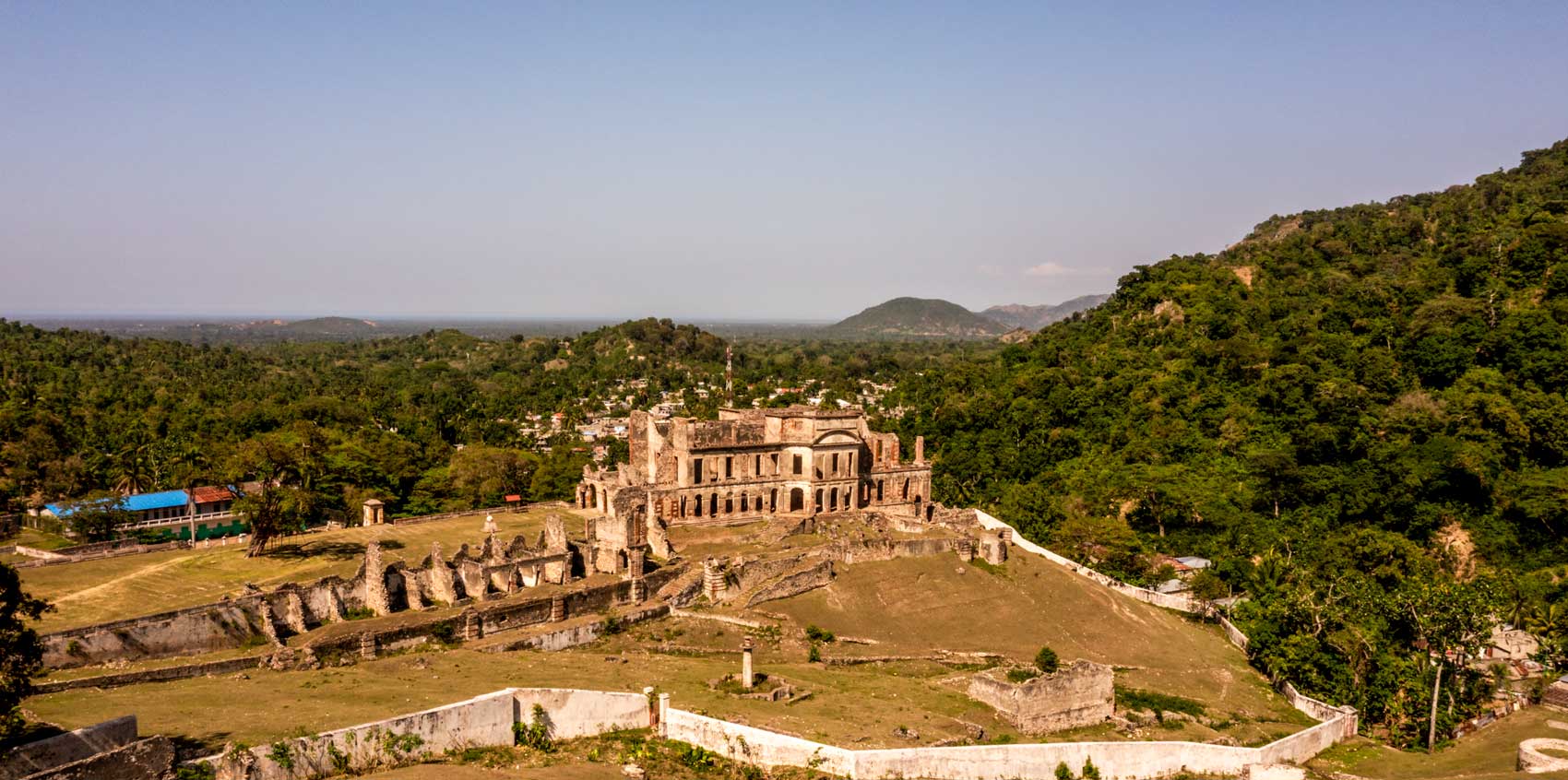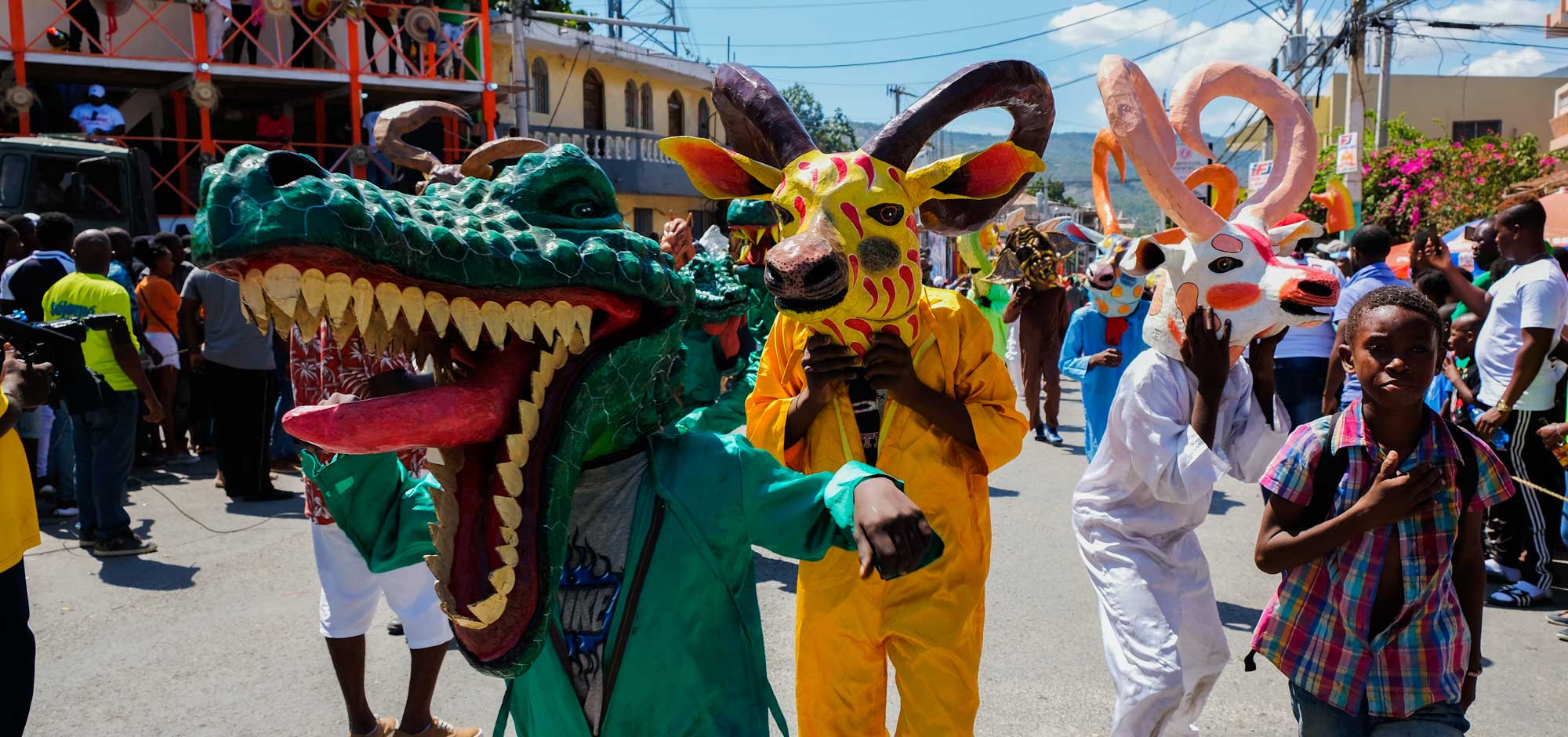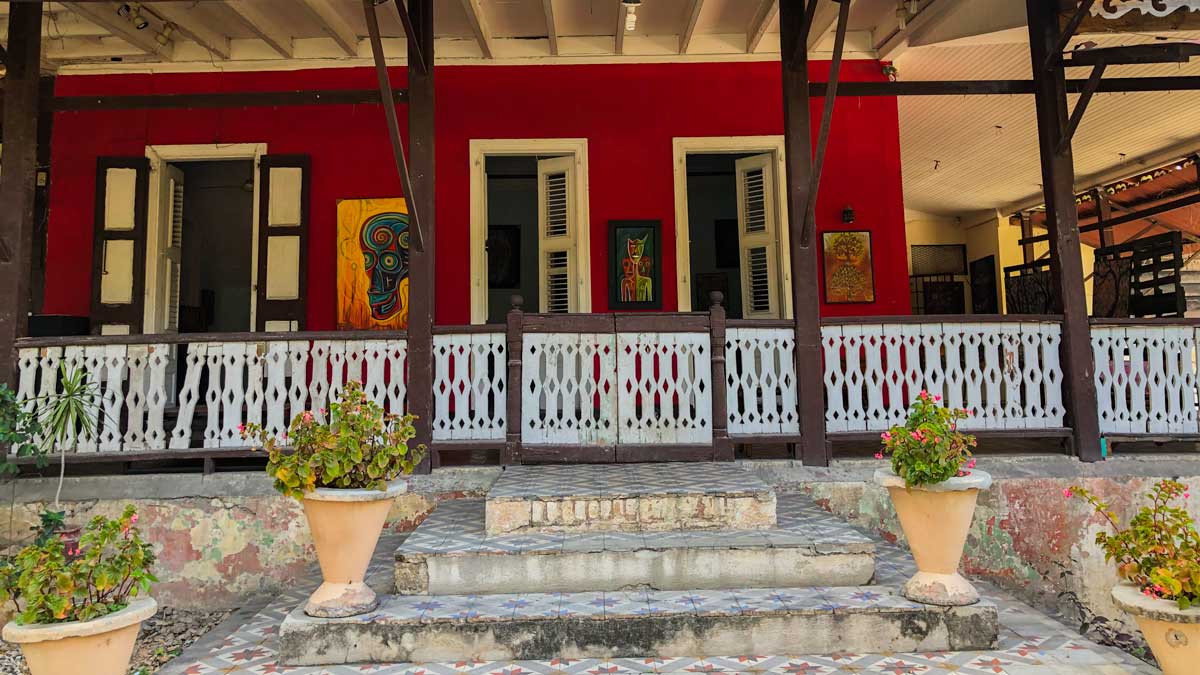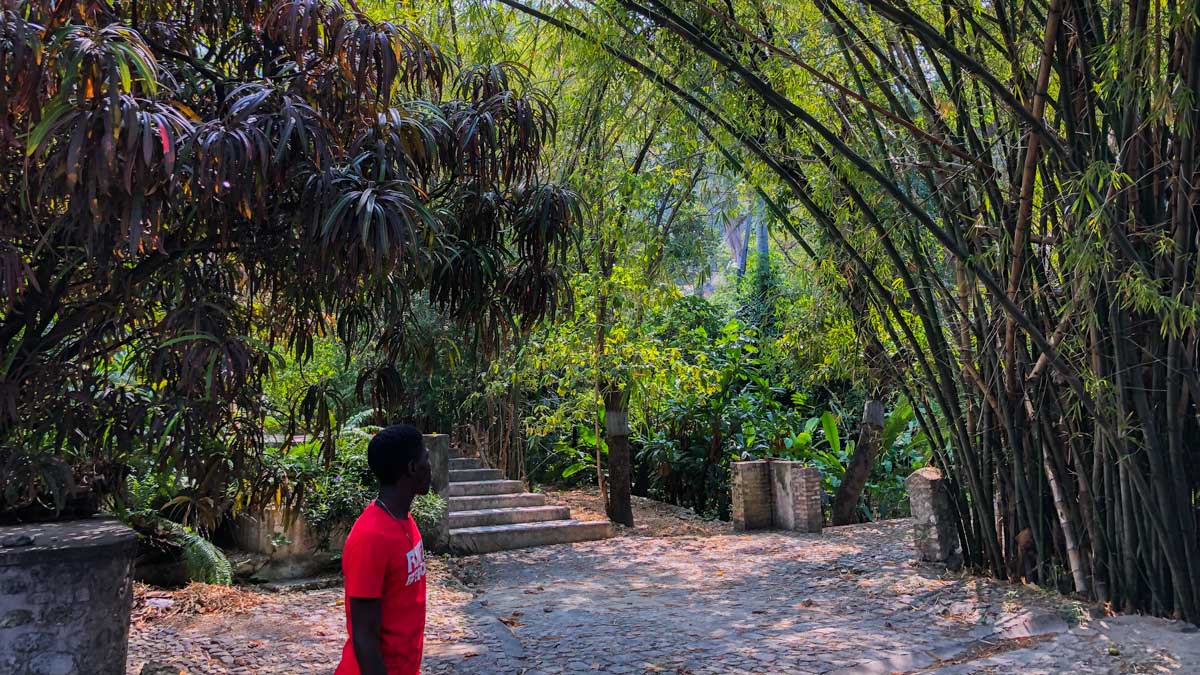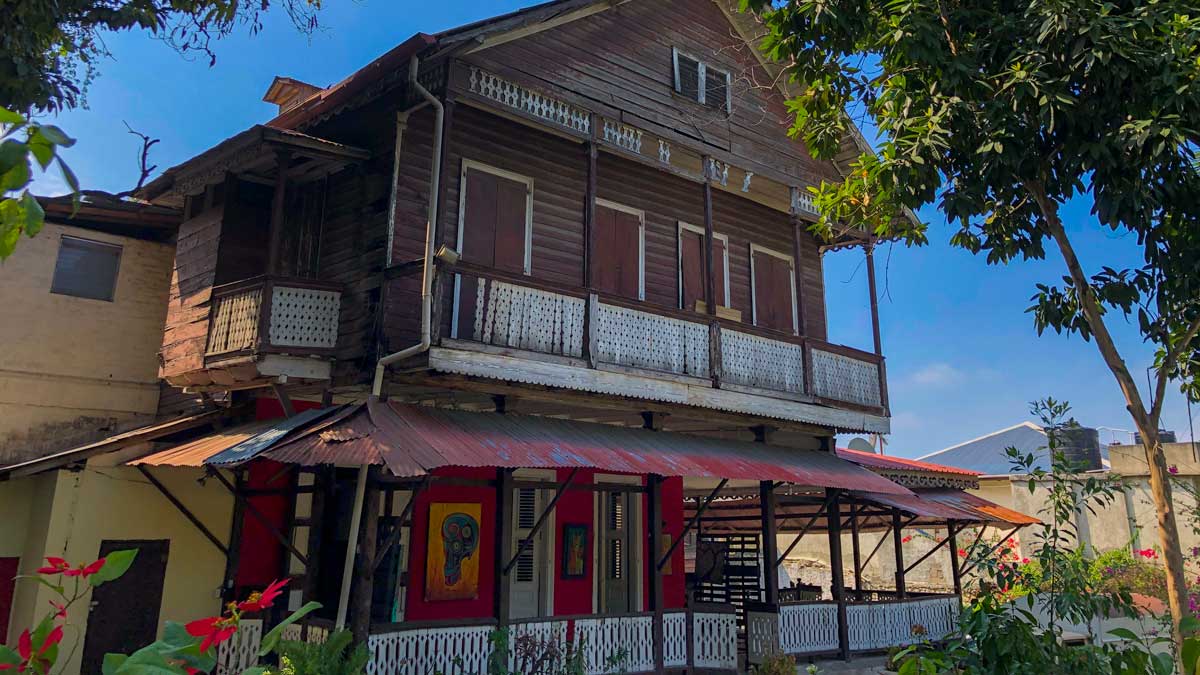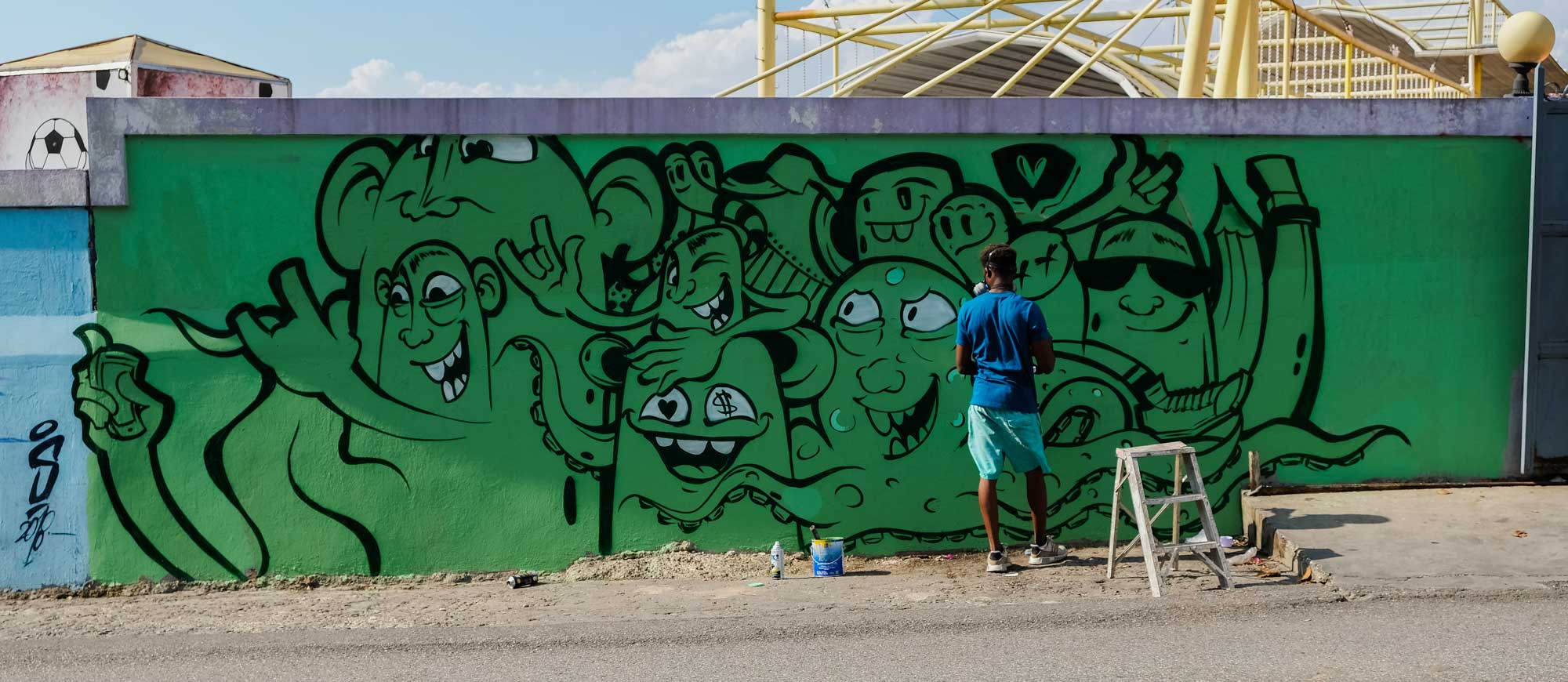
Photo: Franck Fontain
Festi Graffiti 2022
Cap-Haïtien’s street art scene peaks during the annual festival Festi Graffiti
Home to dozens of galleries and artist-led-initiatives, the suburbs of Turgeau and Pétion-Ville are usually the hub of the annual Festi Graffiti – The International Festival of Urban Arts.
This year however, the street art festival takes place in Cap-Haïtien.
Ramble through the sun-bleached streets in Haiti’s second city and soak up the freshest work by emerging Haitian street artists and visiting artists, from figurative murals to photography installations revealing Haiti’s urban dance battle scene.
This year’s installment of Festi Graffiti is happening between August 16 and 22, 2022. Hosting street artists from Mexico, Jamaica, and United States. This year’s theme is “natural disasters – living with them.”
Look out for these artists
Established international street artists on the bill for this year include Mexican mural artist Eva Bracamontes (check out her Instagram here) and American street artist OU (check out his Instagram here).
Local Haitian artists include Snoopy (@snoopytag), OliGa (@oligarts), and RAYZA (@rayzatheking), plus an ever-changing lineup of emerging street artists who show up each year to show off their skills. Expect to see plenty of evocative murals as well old-school difficult-to-decipher tags.
Don’t miss
Downtown Cap-Haïtien, don’t miss your chance to taste delicious local dishes at some of the city’s best restaurants.
A host of activities are available during festival dates, from guided tours to hands-on workshops. Be sure not to miss anything by following Festi Graffiti on Instagram and Facebook.
Written by Jean Fils.
Published June 2019
Updated August 2022
Explore more festivals and events

Paradise for your inbox
Your monthly ticket to Haiti awaits! Get first-hand travel tips, the latest news, and inspiring stories delivered straight to your inbox—no spam, just paradise.




